A Guide to Tokyo's Ginza and the Tsukiji Outer Market
Catalogue
- Sushi Dai
- Daiwa Sushi
- Sukiyabashi Jiro
- Tsukiji Tama Sushi
- Saito Takashi
- Third Spring Beauty Fat
- Uogashi Senryo
- Nakaaya Kaisen Don
- Ooedo Kaisen Don
- Sushi Yoshitake
- Mawashizushi Katsu
Show More
Japanese cuisine pays attention to raw and fresh food, among which, sushi and Kaisen Don are the two most representative delicacies. In Tokyo, you can taste fresh and affordable sushi and seafood feasts. Most of the popular sushi restaurants are located in the Tsukiji Fish Market and Ginza.
The Tsukiji Fish Market is the number one fish market in Japan, and sushi is the main symbol of the market. The store has only 13 seats, but is very popular due to the great cooking skills of the managers. Many people can be seen lining up there every day.
Diners sitting in front of the bar can see clean and fresh ingredients being made into colorful sushi. When seeing fresh salmon, tuna, and octopus laid delicately on top of a rice ball, the diners' appetites are greatly increased. In addition, the sushi chef is also very nice, kind, and highly attentive. Therefore, the dining atmosphere is very pleasant.
There are two combo meals: a 2,500 yen sushi combo meal and a 3,900 yen chef combo meal. After eating the combo meal, you can order other things separately, such as sea urchins and oysters, shellfish and sashimi. All kinds of roasted sushi are very tasty.

At any time at the entrance to Daiwa Sushi, there is a long row of visitors. However, the turnaround time is slightly faster than for Sushi Dai. The two have comparable tastes and are both famous Sushi restaurants in the Tsukiji Fish Market.
The vinegar, rice, and fish in the sushi are perfectly balanced, enabling you to enjoy delicious Edomae Sushi. Generally, visitors will order a combo meal, then order some seasonal sushi, matcha, and miso soup. Generally, there is no need to use any condiments or sauces when eating sushi, because the chef has already flavored it, and will serve it to you at the table one-by-one at the same speed in which you eat.
The space in the restaurant is small, and it can get a little crowded. The prices are fairly standard, and the cost of a sushi combo meal is 3,500 yen.
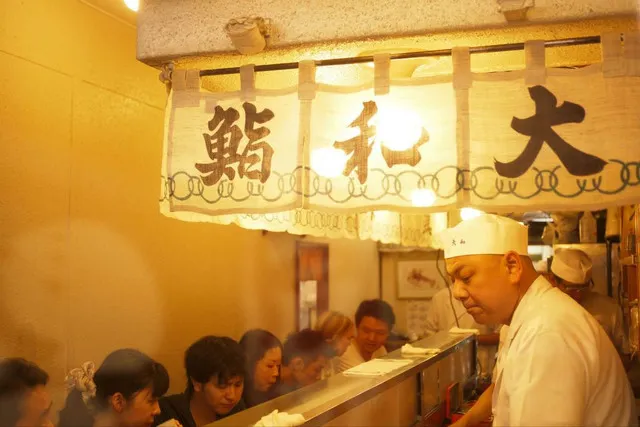
Sukiyabashi Jiro is the most famous Michelin three-star restaurant in Tokyo. Jiro Ono is 90 years old and is known as the "Master of Sushi". The Ginza restaurant he works in is a must-go place for foodies from all over the world.
There is no regular menu in the restaurant, only the customized menu of the day as decided by the chef is provided; other dishes are not available, only sushi. Tuna sushi is the most recommended dish by Jiro Ono. He thinks that it is the best embodiment of the essence of sushi. Different fish has different body fat content, and an extraordinary taste experience can be provided by accurately controlling the temperature of the rice.
Ginza's restaurant began taking reservations a month in advance", which is now just in vain, because the phone is always busy. Compared with the Roppongi branch run by his second son, it is much easier to book a reservation.
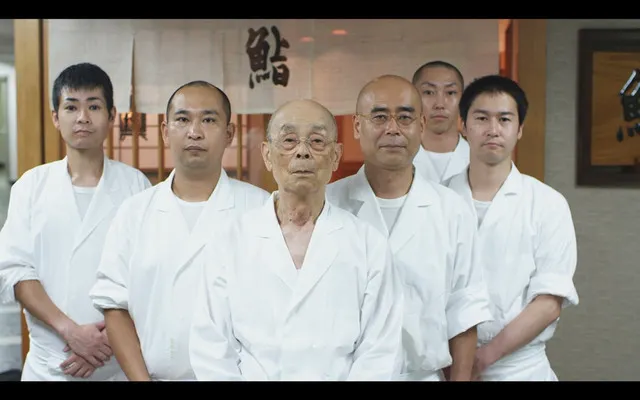
The sushi prepared with fresh ingredients provided by the Tsukiji Fish Market, the fish and shellfish sent directly from fishing ports from all over Japan, and the chef's traditional cooking skill, all make this place incredibly delicious! Tsukiji Tama Sushi is a chain of affordable sushi restaurants with plenty of branches in Japan.
There are different prices of combo meals to choose from, and the sushi in each combo meal is perfect. Regardless of color or matching tastes, it is never too sweet nor too greasy. Serve guests carefully, treat guests courteously, and pick-up things politely, with the most cost-effective price. Here you can find special sushi combo meals to ensure the customer eats enough. 3,980 yen for men, 3,280 yen for women, and 1,980 yen for children.
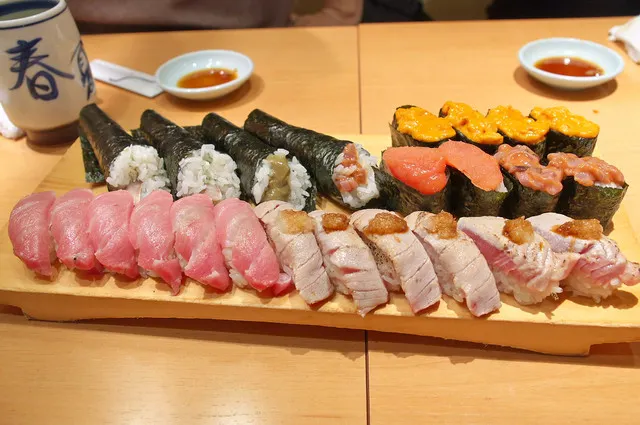
The owner, Saito Takashi, known as the new generation of sushi master, joined Ginza Kyubei in 2000 and separately opened the sushi restaurant in 2007. From 2010 to 2016, the restaurant was ranked as a Michelin 3-star six years in a row.
There are only seven seats in the restaurant. Because of its popularity, it is often difficult to get a seat. This sushi restaurant pays attention to the unity of rice, fish and shellfish, horseradish, and rice balls. The grains of rice are even, the fish and shellfish ingredients are all presented in the best state, and the horseradish has an original taste. No wonder the finished product tastes perfect and delicious. The service is absolutely outstanding, the staff treat their guests with the utmost care and affection, so it has many frequent diners.
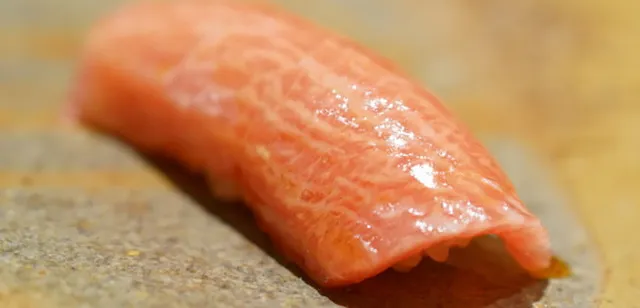
Working in a more traditional Edomae Sushi restaurant, Nazuo Nagayama is quite famous in the sushi industry, and has published two books about it. He is very knowledgeable about sushi's ingredients and can offer information about their origins. In addition, he also exhibits ceramic art, and the containers in the restaurant are all his work.
This style of sushi restaurant is "Generous", as the containers and their weight are relatively large. When making sushi, the temperature of the vinegar and the rice must be perfectly balanced, and the time and rhythm of each dish is well controlled, extending the rhythm in the restaurant to its absolute maximum. Located near Shimbashi Station, it is loved by business people and locals. All the ingredients are fresh seafood delivered directly from the place of origin to pursue the original taste of the food, and the menu is handwritten by the owner every day.
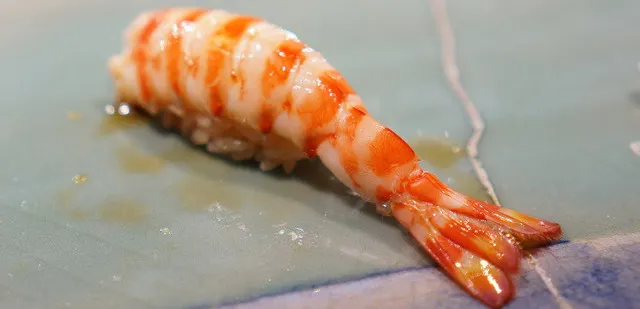
Uogashi Senryo, the first restaurant to work in the Kaisen Don business, and provides the most popular Kaisen Don in Tsukiji. It also won the championship in the Tokyo food program "Kaisen Don Competition".
People in this place invented the use of wooden barrels to hold Kaisen Don, which uses up to 12 kinds of fish and shellfish for each bowl. There are three ways to eat this kind of meal. The first one is the way to eat Kaisen Don. Put the sea urchin aside, add mustard and soy sauce, and then enjoy it. The second one is to eat sea urchin rice. Put the side pickles into the rice, stir the sea urchin into it, and then it becomes a sea urchin and rice with a tasty smell. At the end, three or four bites of sea urchin rice should be left over. The third one is the way to eat soup rice. Put the rest of the sea urchin rice into the porcelain bowl, add the soup-stock used for the soup rice, and add a little mustard to make the soup rice more tasty and refreshing.
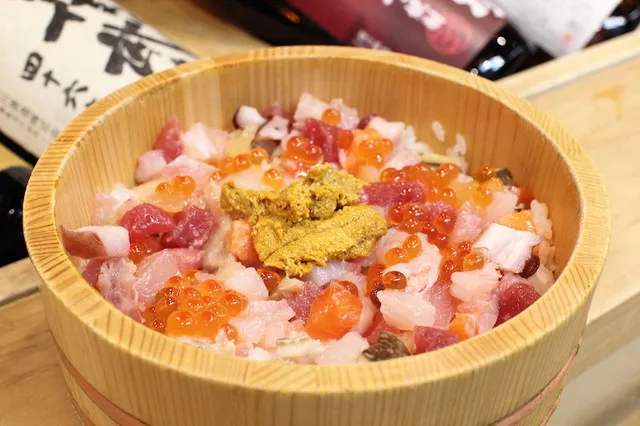
Nakaya Kaisen Don, located in the busy Tukijisijyou, is a restaurant that specializes in Kaisen Don. It takes a while to line up for a meal here, but it doesn't take long. There are pictures of Kaisen Don pasted outside the restaurant. You only need to choose the amount of rice you want and tell the waiter. There are fewer seats in the store, but the layout is very attentive.
Many kinds of Kaisen Don are available in the restaurant. Whether it's served with all kinds of combinations of large pieces of sashimi, large ikura, crab meat, or prawns, all are very delicious! The side dishes are also delicious with attentive ideas. The price is also very affordable, with meals costing just over 1,000 yen allowing people to eat until they're full. The price of the Kaisen Don is about 1,700 yen.
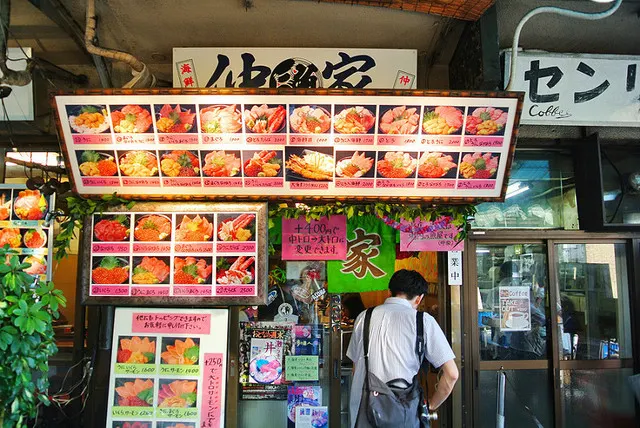
Ooedo Kaisen Don is located in Tukijisijyou. The photos and prices of the foods are placed at the door of the restaurant. When you are in line, you can order first, so you don't need to order after you go inside. The shopkeeper here is very friendly and the service is satisfactory.
There are many kinds of Kaisen Don available here. The seafood on the rice is very fresh, the salmon sashimi is fatty, and the oil is evenly distributed. It tastes fresh, soft and tender. The sea urchins are extremely fresh with a creamy and light pleasant smell. The price of the Kaisen Don here is 1,800 yen.

Sushi Yoshitake is a three-star sushi restaurant in Tokyo. Mr. Mizutani has been an apprentice of Sukiyabashi Jiro, a sushi master, for 17 years with the style of an old apprentice.
This store has a small space with only one bar for 10 people to sit at, and its layout is small, exquisite, and compact. The shop owner is absorbed in making sushi and the atmosphere in the shop is slightly uneasy, but sometimes he makes little jokes to ease the atmosphere. The waiters here are also very enthusiastic, and the dining experience is fantastic.
The rice for the sushi in this restaurant is flavored with salt and vinegar in a perfect proportion, and the other ingredients are of the highest quality, so there is no doubt that the sushi made here is tasty and delicious. There are fewer people in the daytime. If you don't want to line up, you can enjoy it at noon. The price of the lunch and dinner is 18,000 yen.
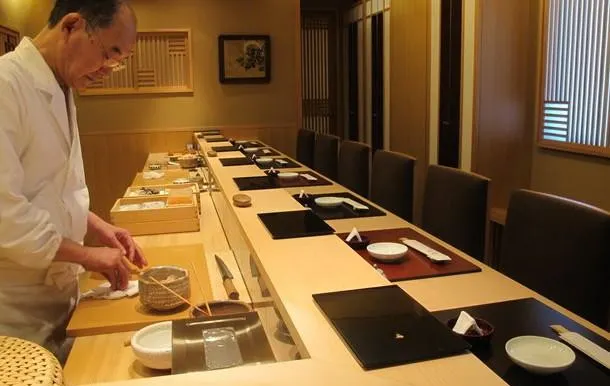
Mawashizushi Katsu is a sushi chain restaurant owned by the famous Umegaoka Sushi No Midori Souhonten, which has branches all over Japan. Umegaoka Sushi No Midori Souhonten is popular for its sushi with high quality and affordable prices. The prices of Mawashizushi Katsu are even more acceptable. As a result, it is very popular and often has long queues outside its doors. The cost per person here is about 1,000-3,000 yen.
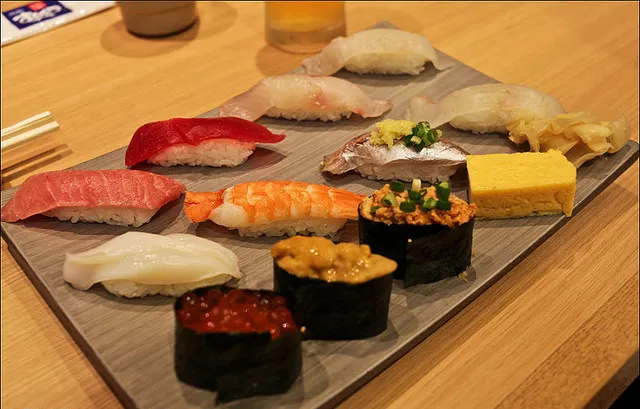
Trending Travelogues
Popular Trip Moments
Popular Travel Types
Popular Attractions
Popular Destinations
Recommended Attractions at Popular Destinations







Site Operator: Trip.com Travel Singapore Pte. Ltd.






